Your bathroom is probably the smallest, most utilitarian room in your house and, because of its complexity, may offer the most opportunities for making a sustainable impact. Here are six ways to spruce up that bath while saving money, and reducing your environmental footprint:
Install LED lighting
Replacing your existing incandescent or compact fluorescent (CFL) bulbs with LEDs (light-emitting diodes) will make your bathroom more energy efficient by reducing the amount of electricity needed to operate the lighting. As those kilowatt hours drop, your electricity bill will be lower and the demand for power from your electric generating plant will go down. Lower demand means less Green House Gasses (GHG) emitted. That means your carbon footprint is reduced. High efficiency lighting also lasts longer reducing your overall lighting costs.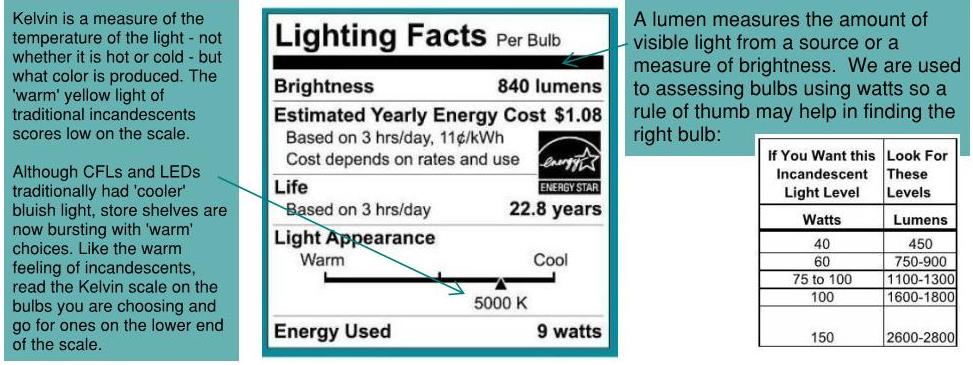
The best light for most bathroom tasks is daylight or bright/cool white. Look for bulbs with the color temperature or Kelvin of 5000-6000K for Daylight and 3500-4100K for bright/cool white. That said, I much prefer warm light for some activities like taking a bath, so I have at least one lamp outfitted with a Soft White 2700-3000K bulb.
Note: CFLs contain mercury and are therefore considered a hazardous waste and should be disposed of properly.
Ventilate Right
Part of living a sustainable lifestyle is having healthy indoor air quality (IAQ) that is free of mold and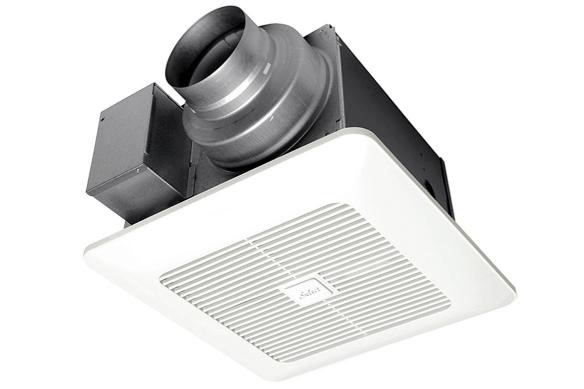 other toxins. Bathrooms are by their very nature all about moisture. By properly ventilating you can enjoy all that moisture and avoid the mold and mildew that may come with it. Regardless of whether your bathroom has an operable window, installing a high-efficiency bath fan set to automatically operate makes ventilation almost invisible to you and your guests and ensures that the system will be used.
other toxins. Bathrooms are by their very nature all about moisture. By properly ventilating you can enjoy all that moisture and avoid the mold and mildew that may come with it. Regardless of whether your bathroom has an operable window, installing a high-efficiency bath fan set to automatically operate makes ventilation almost invisible to you and your guests and ensures that the system will be used.
There are many ways to make sure that the fan operates automatically but the two best may be setting the desired humidity and activating with an occupancy sensor that automatically turns off a few minutes after you leave the room. If you go with a humidity sensor, optimal settings are: 35-40% relative humidity (RH) in winter and 40-50% for the rest of the year.
There are lots of fan options out there. To narrow the choices, I look for the following:
- First, I look for energy efficiency. Fans labeled with the EnergyStar rating demand about 60% less energy to operate.
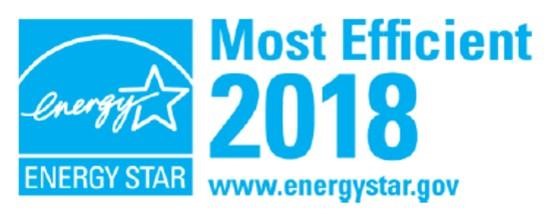
- Then I look for a fan that exhausts to the outside. Many dumps the wet air right into your ceiling – that just moves the moisture problem to another location in your house.
- Then I look for a quiet fan. Look for the noise or sones rating on the box: 1.5-2.0 is quietish, 0.5-1.2 is very quiet.
- Then I check the fan’s flow capacity in cfm to match the room’s size to the fan size. Measure your bathroom. If it is less than 100 square feet (sf), then you want a fan that has 1 cfm for every square foot. If the room is bigger than 100sf you have to do some arithmetic: add 50 cfm for each toilet, bathtub, shower, and shower-bath combo and add 100 cfm for each whirlpool bath/ spa. The total is the required cfm for the space.
Use WaterSense Fixtures
Save water and lower your water footprint with WaterSense labelled fixtures. Between renovations, 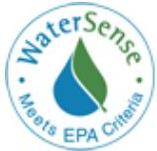 install low-flow aerators in the faucets, low-flow showerheads and offset the water in your toilet tank with a brick or a milk jug filled with water. If you are renovating, choose high-efficiency fixtures including an ultra-low-flow toilet. Not only will you save precious water, you will save money on water and sewer use charges and reduce costs for hot water.
install low-flow aerators in the faucets, low-flow showerheads and offset the water in your toilet tank with a brick or a milk jug filled with water. If you are renovating, choose high-efficiency fixtures including an ultra-low-flow toilet. Not only will you save precious water, you will save money on water and sewer use charges and reduce costs for hot water.
Adopt Green Cleaning
Bathroom cleaning products are among the most toxic, chemically laden concoctions available. Not only are they hazardous to your skin and eyes, they are hazardous for you and your family to breathe in, sometimes affecting brain function and causing asthmatic reactions. Luckily you can make your own, very effective, cleaning products and there are more and more commercially available, natural or organic products available. Read the labels and choose healthy IAQ. When cleaning, avoid paper towels. Instead use washable, electrostatic cloths to wipe, wash, and scrub your counters, sinks, floors, and walls. Checkout the GreenBeams Recipes to make your own cleaning products.
Choose Recycled
Reduce your environmental footprint by choosing paper products (toilet paper and tissues) made from and packaged in recycled paper. Look to reduce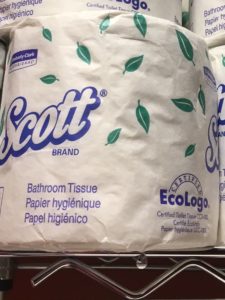 purchasing anything packaged in plastic- including hair products – and ACT UP – demand that your preferred manufacturers start take-back programs for their packaging or start offering refillable packaging or use biodegradable packaging. In the meantime, recycle your plastic, your toilet roll cores, your tissue boxes so that you reduce your waste-to-landfill footprint.
purchasing anything packaged in plastic- including hair products – and ACT UP – demand that your preferred manufacturers start take-back programs for their packaging or start offering refillable packaging or use biodegradable packaging. In the meantime, recycle your plastic, your toilet roll cores, your tissue boxes so that you reduce your waste-to-landfill footprint.
Wash Right
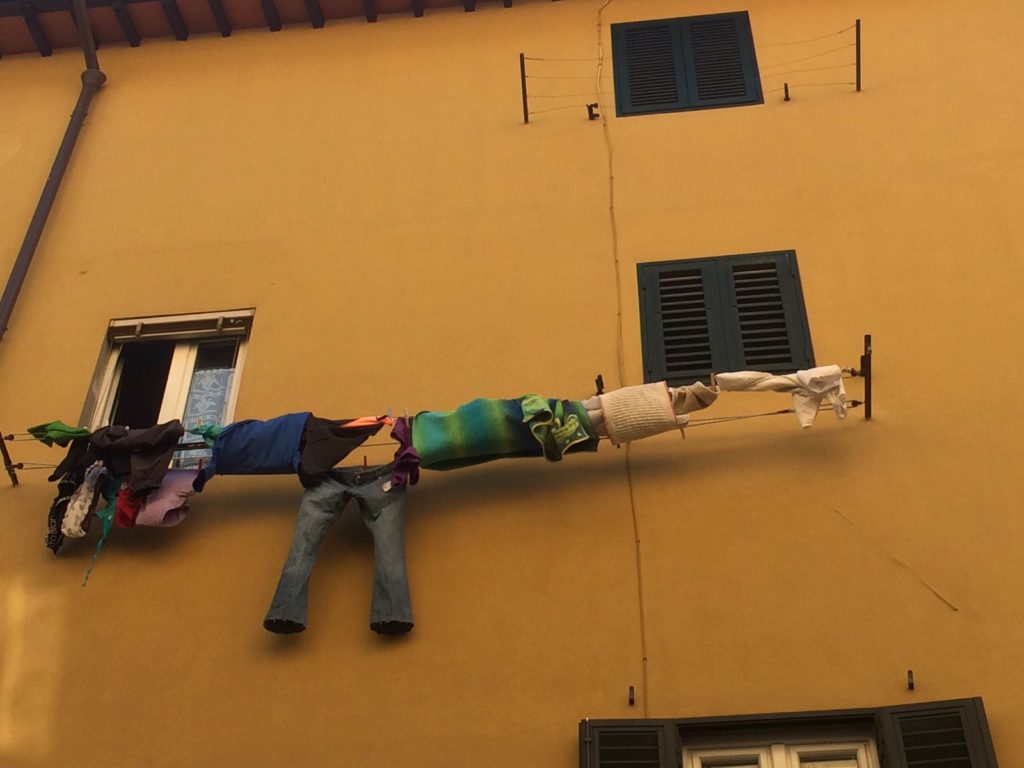 Wrapping yourself in a clean, fresh towel is the perfect end to a great shower or bath. When you wash your towels, choose cold water, choose environmentally aware detergent, ditch the fabric softener, and hang everything out to dry in the sun until almost dry. Finish drying them in the dryer to soften the fabric but ditch the dryer sheets. Why?
Wrapping yourself in a clean, fresh towel is the perfect end to a great shower or bath. When you wash your towels, choose cold water, choose environmentally aware detergent, ditch the fabric softener, and hang everything out to dry in the sun until almost dry. Finish drying them in the dryer to soften the fabric but ditch the dryer sheets. Why?
- Dryer sheets not only pollute the outside air but the powders and chemicals stay on your fabrics making it very easy for you and your family to inhale them – use dryer balls instead.
- Your dryer uses more energy than any other appliance in the house – use it less, reduce your energy costs.
- Sunlight is a great germ killer – a sun dried towel is a healthier towel.
- Fabric softener is an unneeded extra chemical soup that persists in your
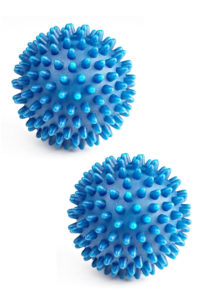 fabrics. That ‘fresh scent’ is made up of high volatile organic chemicals (VOCs) that are causing air pollution in your home.
fabrics. That ‘fresh scent’ is made up of high volatile organic chemicals (VOCs) that are causing air pollution in your home. - Using environmentally aware cleaners reduces the toxic chemical load in your home and in the water treatment plant.
- Using cold water reduces the demand for heating hot water and gets your clothes just as clean as warm or hot water.
Now that you have sustainabilized your bath you can breathe in the fresh, clean, non-toxic air and be ready to tackle the bedroom…
